The new 2018 Regal features the first GM application of Continental ContiSilent tires, which are manufactured with quiet foam within the tires for a quieter ride on the road. (Fig. 10) If the ContiSilent tires have a puncture in the tire tread area, the tire can be repaired but requires some additional repair steps compared to a traditional tire repair.
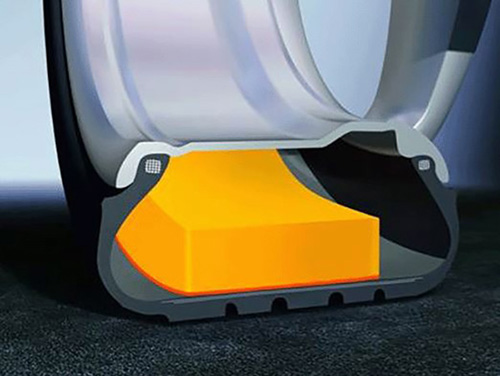 Fig. 10
Fig. 10
First, identify the location of the object that has punctured the tire in the tread area. (Fig. 11) If the tire can be repaired, the quiet foam must be removed prior to sealing the puncture.
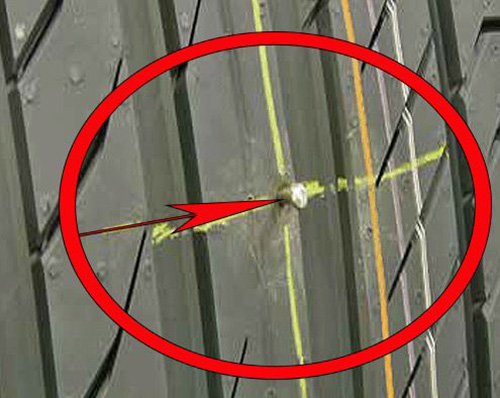 Fig. 11
Fig. 11
In the punctured tread area inside the tire, remove a piece of the quiet foam, 101 mm (4 inches) wide, across the whole section of foam. (Fig. 12) Do not discard the piece of foam.
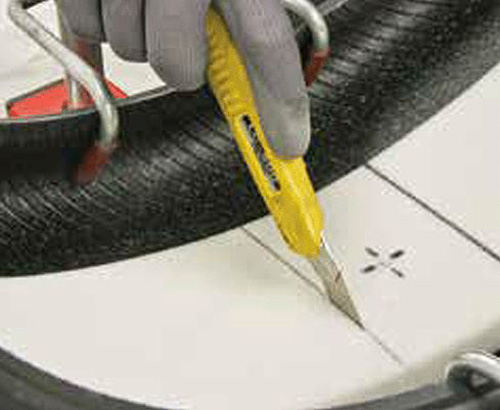 Fig. 12
Fig. 12
Be sure to remove the foam without damaging the inner liner surface. Additional buffing may be needed to completely remove the foam adhesive from the inner liner surface. (Fig. 13)
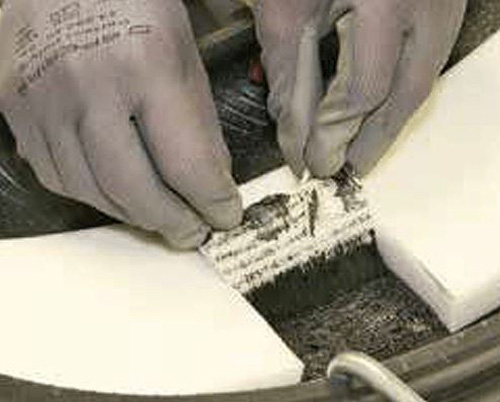 Fig. 13
Fig. 13
After the tire repair has been made, reinstall the foam piece using the cement that was used to plug the puncture.
– Thanks to Lori Brohl and Kevin Minor

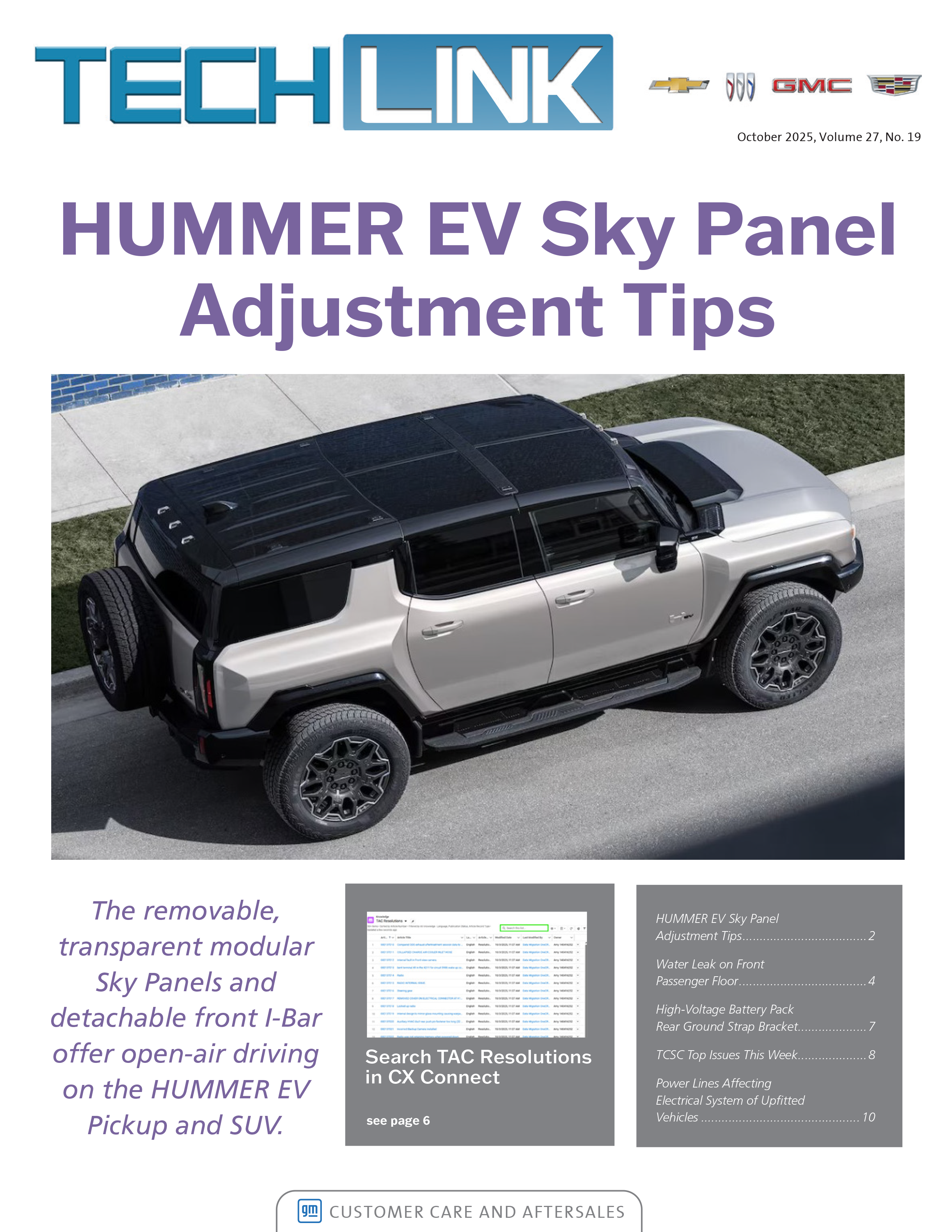


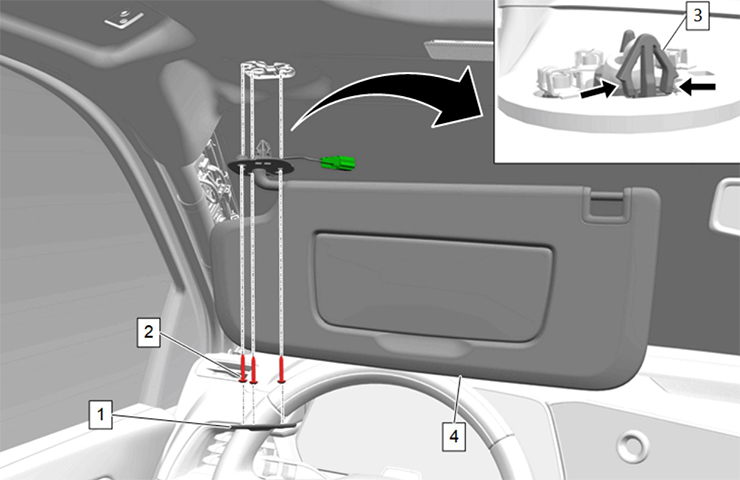
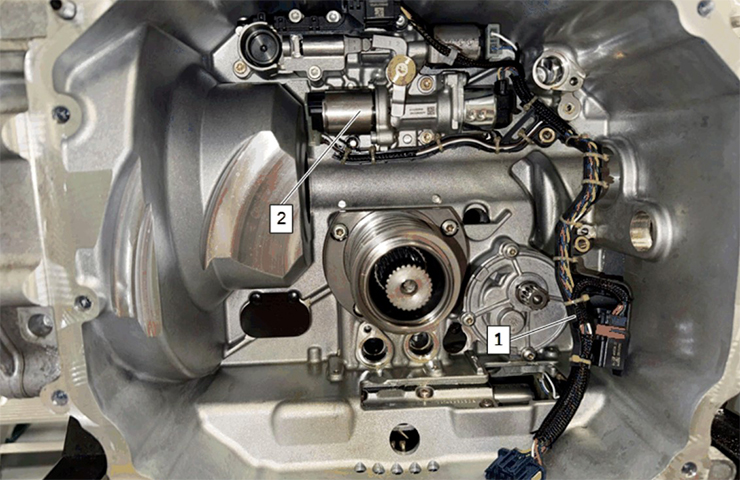
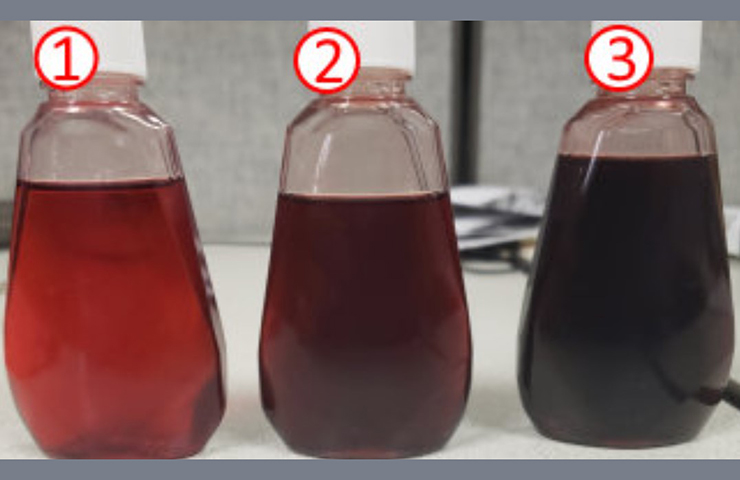
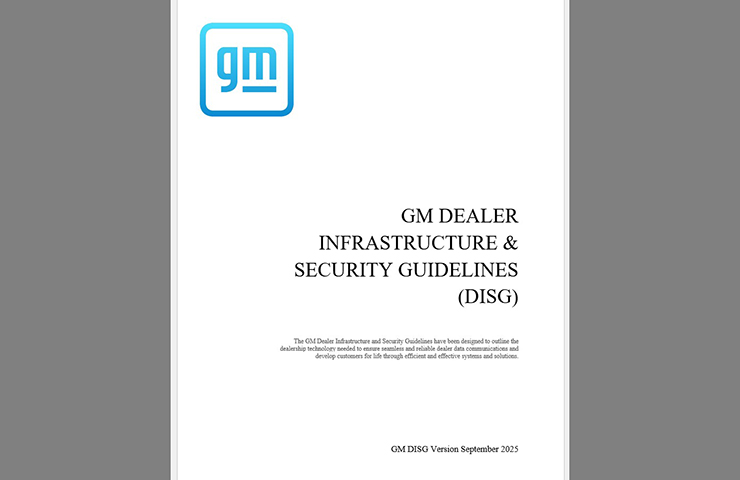
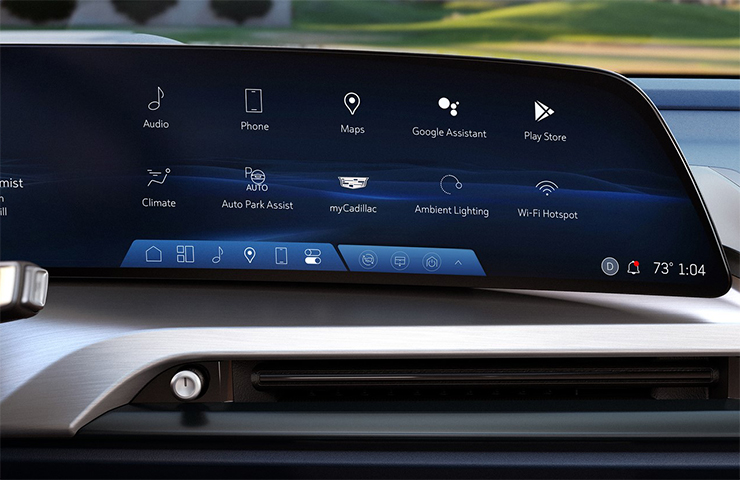
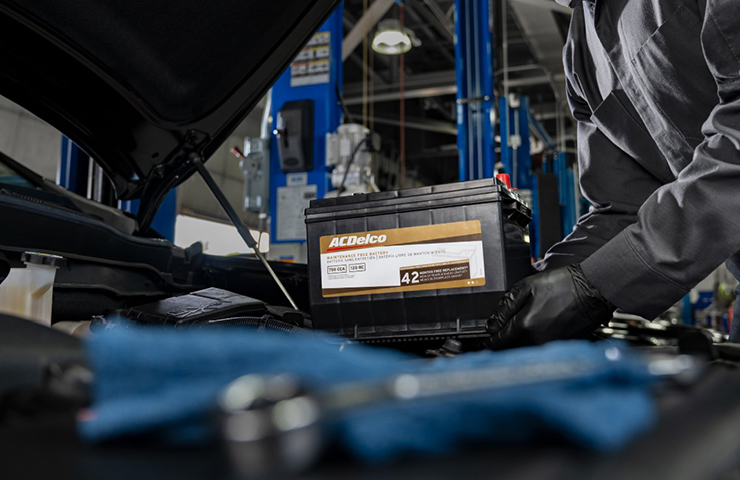
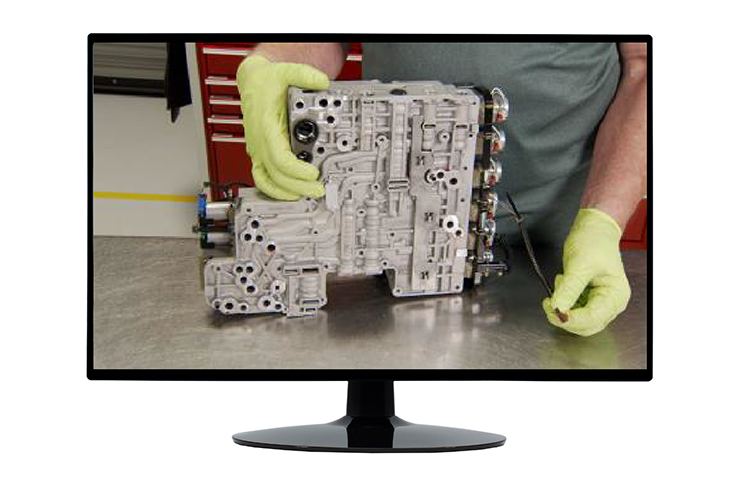
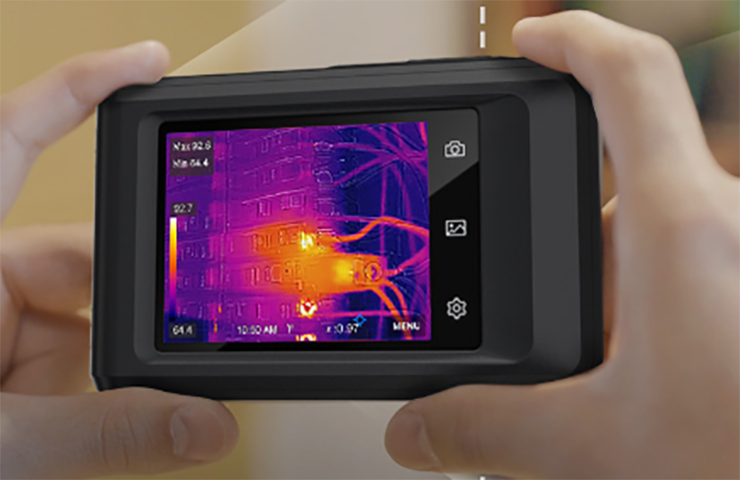

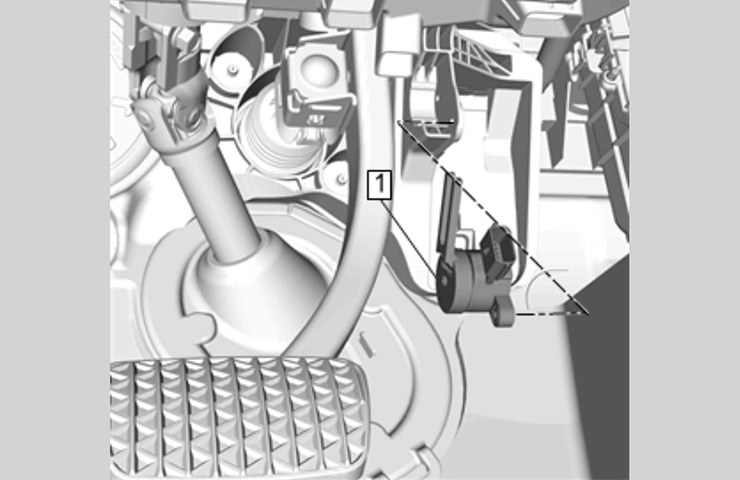
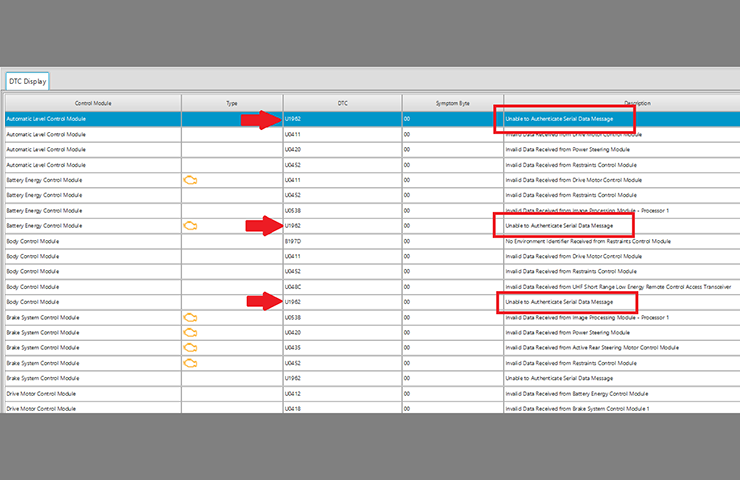




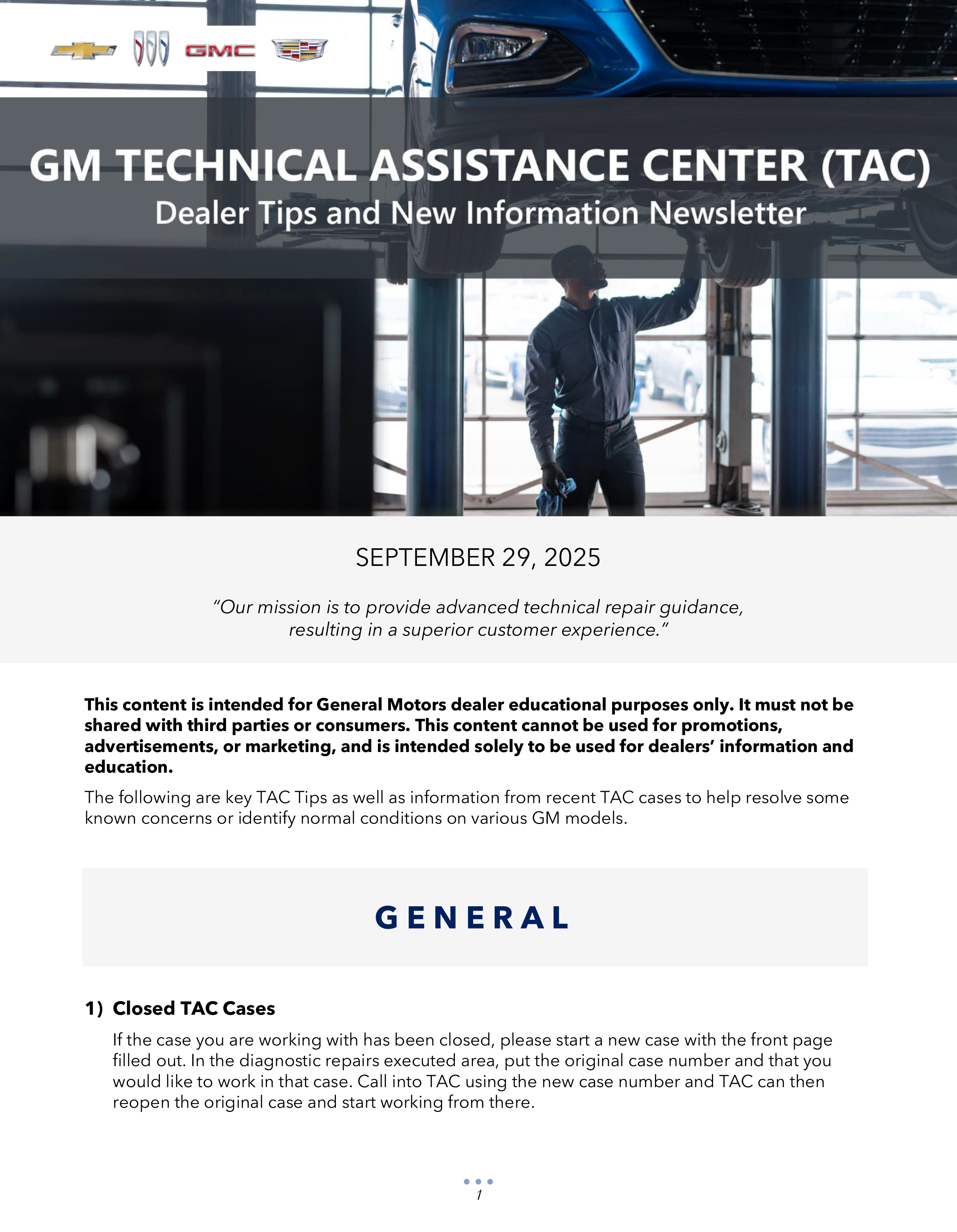



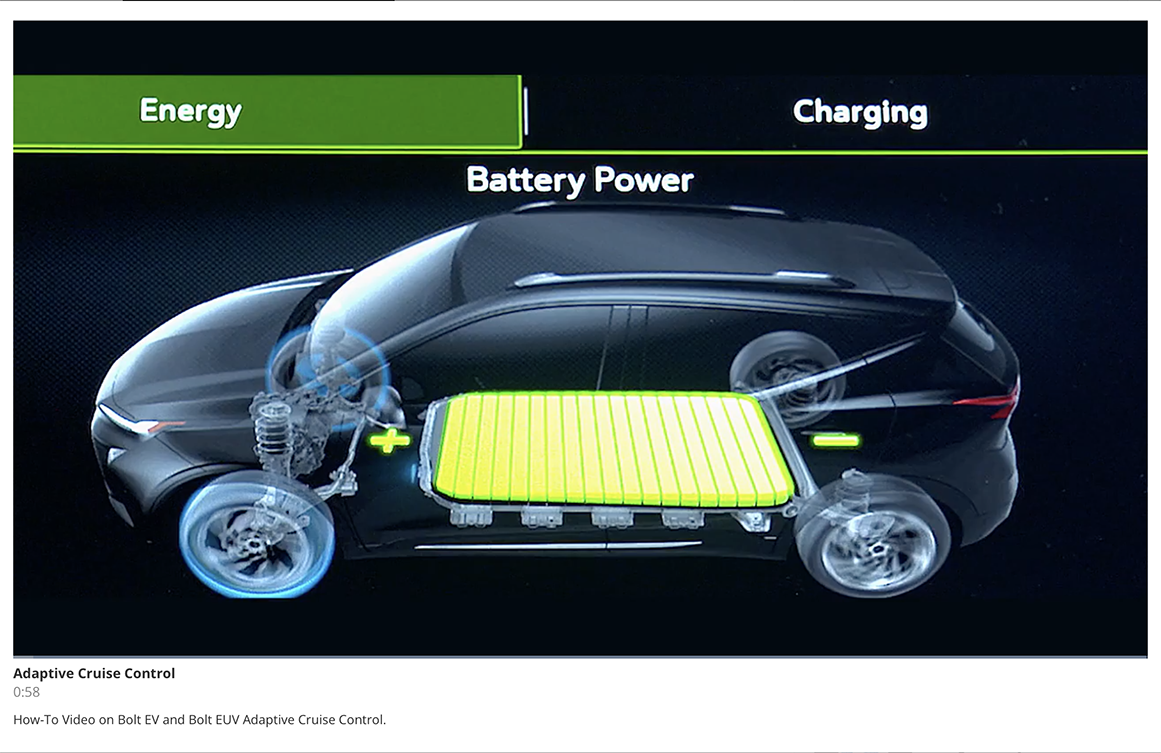
On a side note, just came across a 2019 Buick Regal with OE Continental Procontact tires with a complaint of shimmy. Upon inspection found the polyurethane foam liner had de-bonded and chaffed the inner liner of the tire, which created excessive radial force variation. The tire had to be replaced because of the compromised inner liner. There was no evidence of a prior tire repair
Today we had 2-275/40R22 Continental Cross Contacts LX Sports, with the foam inserts, to be repaired. Used a scraper and a wire wheel to peel away the foam, all it did was pull off in pieces. The adhesive is a black molly type. We used half a aerosol can of rubber buffer and a scraper to cut through the adhesive. It just smeared. Is there a solution strong enough to cut away the glue that holds the foam insert on the tire?
That approach is all good when it comes to doing other makes of tires, so far. However, when it comes to repairing the Continentals, especially the Cross Contacts, the adhesive has more of grip to it. Removing the foam on the Continental Cross Contact, does not come off easy. My only thought is using some kind of wire wheel wide enough to cover the 4/5 inch area, just strong enough that the bristles can penetrate through the foam, without damaging the tire.
When preparing the inside tire area, completely remove the adhesive bonding layer on the inner liner in an area as large as the repair area. It’s recommended to use a mechanical scraping tool to remove the adhesive. Take extreme care to not damage the inner liner surface. Additional manual buffing may be required to completely remove the adhesive. Follow all manufacturer instructions provided with the repair kit being used.
In theory that sounds good. Have you actually tried that procedure?
When buffing the inner liner after removing the foam the glue that holds the foam down damages the buffing wheel and it gets hot and flies of the buffing wheel onto
the surrounding area including the technician. Any thoughts?